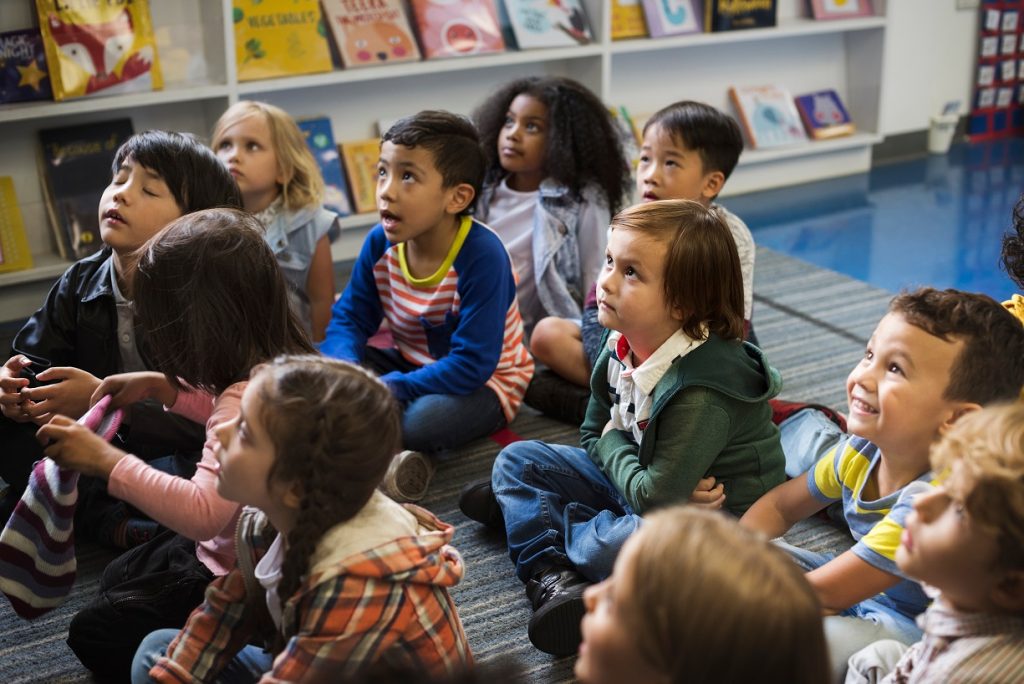Analyzing Implicit Bias in the Classroom
Learning Objectives
After this chapter, you should be able to:
- Explore implicit biases and their influence on teachers’ interactions with students.
- Determine strategies for recognizing and addressing implicit biases in the classroom.
- Evaluate teacher’s ethical responsibilities.

Consider your teaching philosophy and your role as an early childhood instructor. Do you realize all of the children in your classroom represent a diverse group of people with different lived experiences? They come in with various qualities of education, cultural identities, socioeconomic status, and differing degrees of ableness of body and mind. Some children may be neurodivergent, have sensory processing differences, and have varying degrees of motor skills or communication skills. All of them should be welcomed into the classroom space for learning. As early childhood teachers, we should strive to not only to respect what we share in common with the children and their families, but value and appreciate areas where we differ. As an early childhood educator, we should be willing to do everything we can to make sure each and every one of the children in our classrooms feel valued, comfortable, and provided with the resources they need to thrive in your class.
Implicit biases, often unconscious, can influence teachers’ perceptions and responses to children’s behavior. Haddix et al., (2011) in Why Race and Culture Matter in Schools: Closing the achievement Gap in America’s Classrooms, highlights the need for educators to critically examine their implicit biases, particularly regarding race, ethnicity, and socio-economic status, which may impact discipline practices and student outcomes. By analyzing personal implicit biases, early childhood teachers can mitigate potential disparities and promote equitable treatment of all students.
In an early childhood classroom, embracing and celebrating varying types of abilities is essential for promoting inclusivity and ensuring that all students feel valued and supported. Recognizing that each child possesses unique strengths and challenges, educators can create a learning environment that accommodates diverse abilities and fosters a sense of belonging for every student. By implementing inclusive teaching practices, such as differentiated instruction, flexible seating arrangements, and assistive technologies, educators can cater to the individual needs of students with varying abilities and ensure equitable access to learning opportunities (Salend, 2020). Moreover, promoting a culture of acceptance and empathy among students helps to reduce stigma and foster positive relationships among peers. By encouraging collaboration and peer support, educators can create a supportive classroom community where students learn to appreciate and respect each other’s differences (Mastropieri & Scruggs, 2020). Collaboration with parents and caregivers is also crucial in understanding and addressing the unique needs of students with disabilities, ensuring that appropriate accommodations and support services are provided. By embracing the diversity of abilities in the classroom, educators can create an inclusive learning environment where all students can thrive and reach their full potential (Turnbull et al., 2020).
